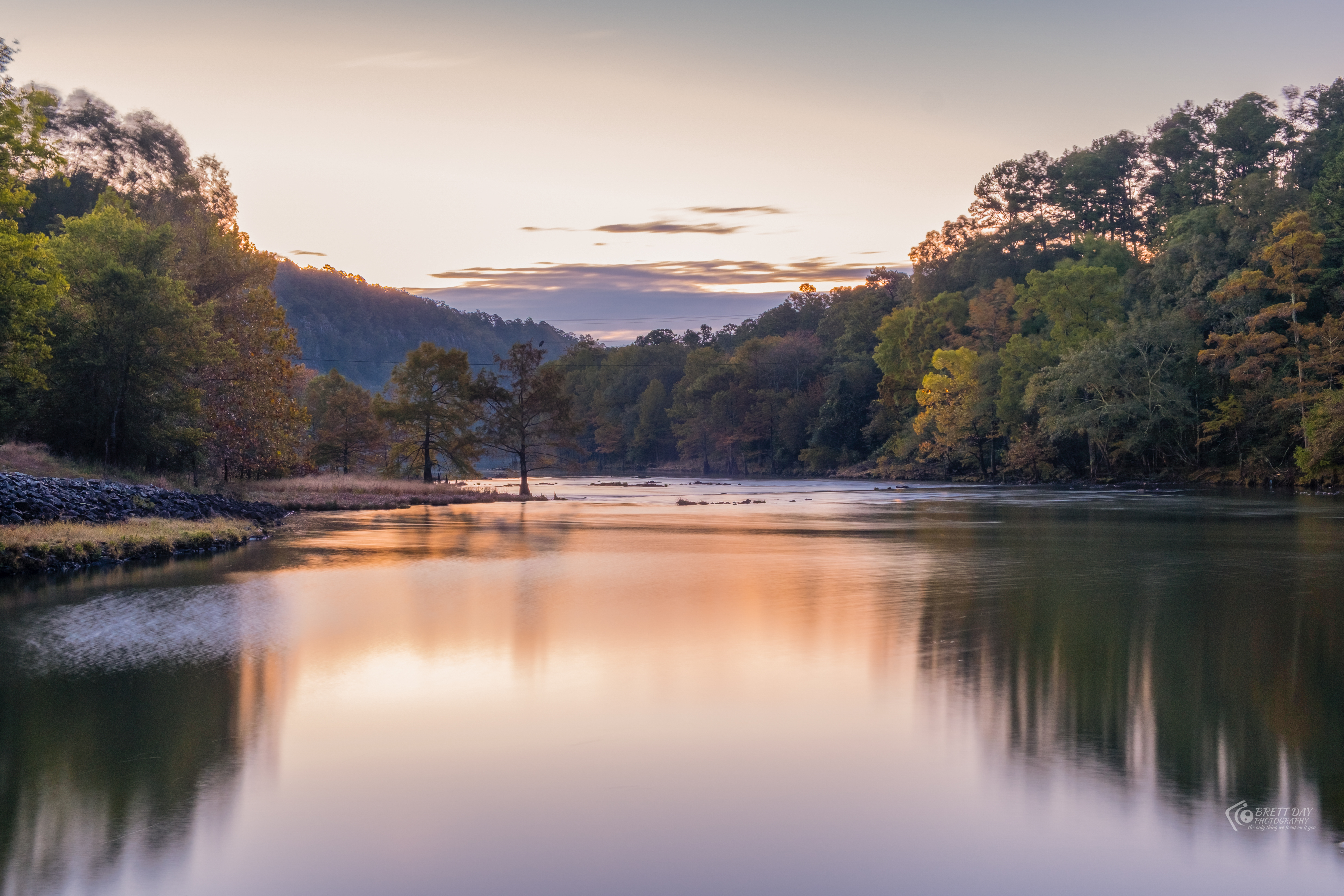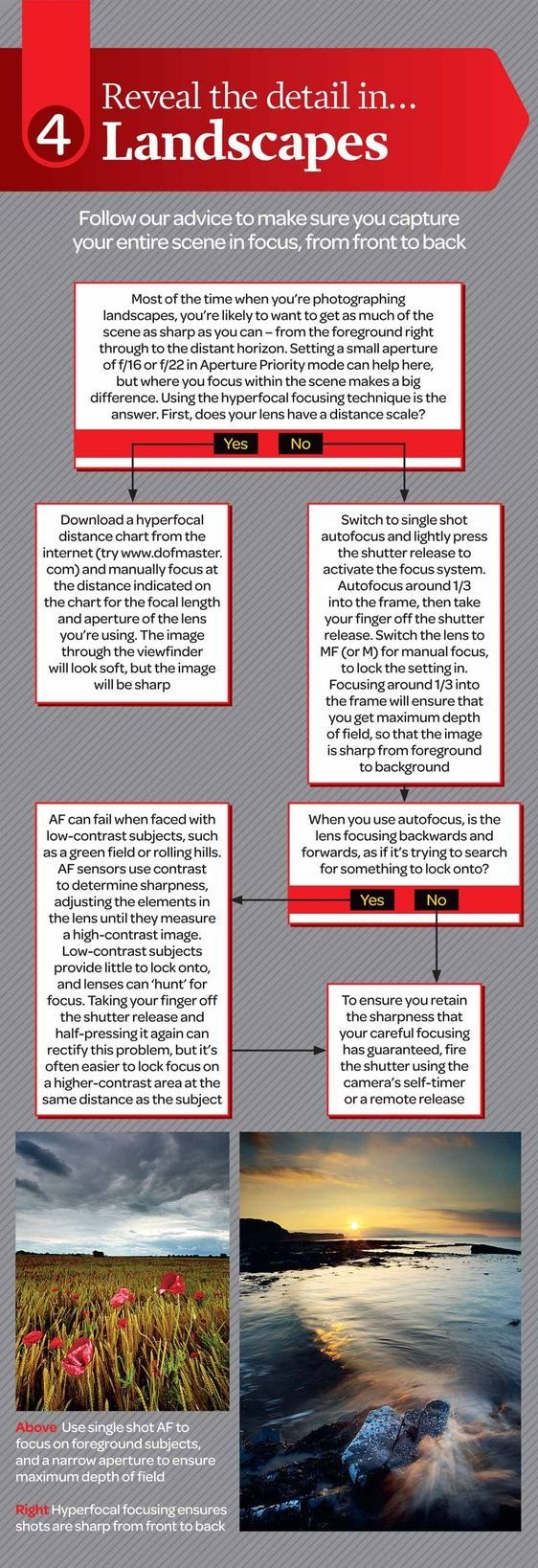Last Updated on 11/02/2019 by Joy Celine Asto
Ever been frustrated about how your landscape snaps don’t look sharply focused throughout the frame? Today’s photography cheat sheet is just what you need.
When shooting landscape photos, getting as much of the scene in sharp focus — from the foreground all the way to the distant horizon — is paramount. If you’ve been practicing photography for a while, you must already know that smaller aperture will keep more of your scene in focus. But with this is only one part of it when it comes to shooting landscapes. If you haven’t been able to achieve this level of sharpness in your landscape snaps, we have just the right photography cheat sheet for you.
Today’s featured photography cheat sheet is part of Digital Camera World‘s series of focusing tips for different kinds of photography. With this flowchart for shooting landscapes, you’ll be able to capture your entire scene in focus using a small aperture setting and the hyperfocal focusing technique.
First, you’ll get the best results using an aperture of f16 or f22 and shooting in Aperture Priority mode, but you’ll also have to set the focus right with the hyperfocal focusing. If your lens has a distance scale, you can use a hyperfocal distance chart (you can download one here) and use it as a reference for the distance to manually focus on. This distance is indicated by the focal length and the aperture of the lens you’re using. The image may look soft through the viewfinder, but don’t worry, the image will be sharp.
If your lens doesn’t have a distance scale, switch to Single Shot autofocus mode, then half-press the shutter to activate the focus system. Autofocus around a third into the frame, then take your finger off the shutter. Then, switch your lens to manual focus (MF or M) to lock the setting in. This will make sure that you’re shooting at the maximum depth of field so your photo will look sharp from background to foreground.
However, the AF route can be more challenging than the hyperfocal distance technique. The lens may focus back and forth as if it’s looking for a subject to lock the focus on. This is because low contrast subjects can be difficult for AF sensors to detect. Half-pressing again after taking your finger off the shutter release can address it, but the best route is to focus on an area with a higher contrast that is at the same distance as the subject.
One last tip — to make sure that all that focusing work won’t go to waste, use a remote release or your camera’s self-timer to fire the shutter.
Looking for more photography tips and tricks? Why don’t you browse through our growing collection of photography cheat sheets? We’re sure you’ll find loads of useful ones!



